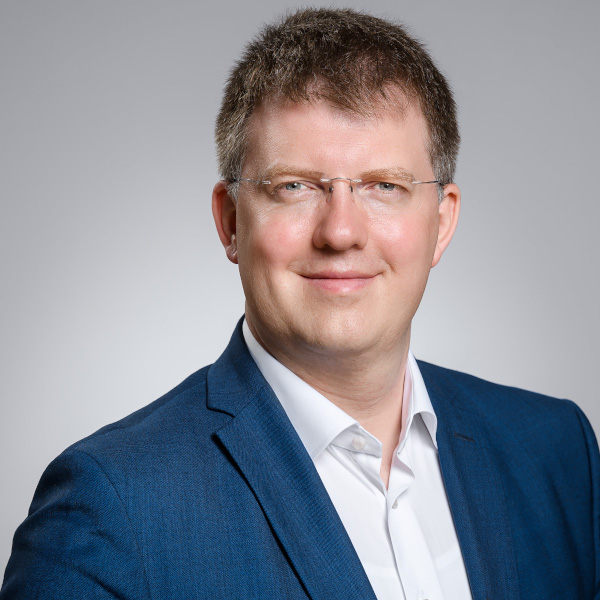Customizing green packaging
Tahsin DagProfession:
Product designer & manager
Position:
CEO and founder of the Cologne-based PAPACKS Sales GmbH

Profession:
Product designer & manager
Position:
CEO and founder of the Cologne-based PAPACKS Sales GmbH

Since 2013 PAPACKS has been developing packaging and products from renewable resources.
From egg boxes and coffee capsules to technical packaging: with innovative and sustainable packaging solutions PAPACKS wants to make the world a little greener. The vision of founder and CEO Tahsin Dag and his team is to avoid plastic. The Cologne-based company, which was founded in 2013, relies exclusively on natural resources and residues, mainly from agriculture, which are processed into intelligent packaging through a special fibre casting process. All types of packaging are customized, can be reused and recycled several times and therefore, comply with the principle of a circular economy. PAPACKS has already received several awards for this, including the Greentec Award 2017.
For several years you have been producing sustainable packaging from renewable resources. Which natural resources/fibres do you use?
We choose the optimal natural resource depending on the customers’ requirements. Our basic principle is to ensure it is always natural, sustainable, environmentally friendly and completely recycable. Besides recycled paper fibre or fresh fibre for food packaging, we also use fibres from annual plants such as green waste, industrial hemp, algae, bagasse and miscanthus. To use these in our PAPACKS®-GREENGOLD® fibre casting process, we developed a special processing technique.
How does the fibre casting process work and what is so special about it?
PAPACKS®-GREENGOLD® is the high-tech version of a fibre casting process, which is used, for example, in the production of EPS foam parts, PS deep-drawn objects or other three-dimensional moulded parts. In order to do so - in simple terms - tools with the desired sieve shape are pulled through a large basin in which 1% fibres are dissolved with 99% water. During this process, the water with the fibres is absorbed and the fibres attach to the sieve so that the moulded part can be taken from the sieve. The water is then reused, so it always remains in the production cycle. Today, it is no longer as simple as it sounds. Due to the specific requirements of the industry, e.g. of food or pharmaceutical companies, we continuously develop our process to be able to offer solutions.
In what way are your packaging solutions not only sustainable but also intelligent?
Product manufacturers should switch to sustainable packaging and develop an individual solution for their product as quickly as possible. PAPACKS offers customised solutions for this. In addition to sustainable packaging, we also offer circular economy as a service. We do not just replace packaging, but consider the entire packaging process, from supply to the customer and back again. In doing so, we optimize processes and packaging sustainably, for example for a second use, or, together with our customers, we integrate possibilities to convert this process into a zero waste cycle. Together with the European Commission, we have created an already implemented reference for this overall concept as a model project for circular economy and zero waste, with considerable savings in resources and costs.
How is your sustainable packaging welcomed by trade and industry? Is the economy open to these kinds of solutions?
Our vision is to avoid packaging made of disposable plastic. Many companies contact us in search of a sustainable solution. However, employees in purchasing usually only focus on the price. In our experience, they often lack the vision for the company’s overall cost savings, for customer wishes and the resulting opportunities. Therefore, our product is still compared with the price of the "cheap" plastic. This leads many people to decide that they do not yet want to opt for sustainable packaging, which is unfortunately the wrong way, because the savings benefit the company in other ways. Intelligent solutions and process optimization do not only save packaging and disposal costs, but also time, money and employment expenses.
What are your future plans?
Our aim is to create a self-sufficient packaging cycle – moving away from classic packaging and idea of single use towards multiple use of packaging. We want to contribute to companies taking responsibility for their packaging, as there are possibilities for cyclic workflows, so that the customer only has to pay for its use. In addition, we want to push forward the chain of packaging use and the revolution through new resources that no longer require tree fibre but can instead be reused through technical processing. A network with our customers who share the use of packaging in the zero waste cycle of a circular economy is also in planning.
Interview: Beatrix Boldt


